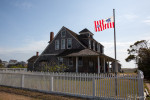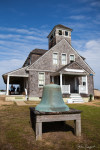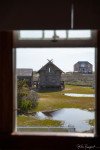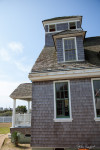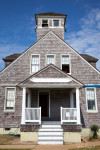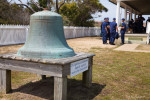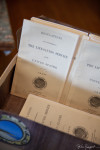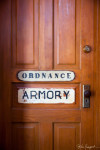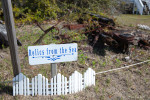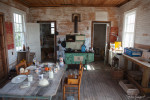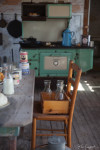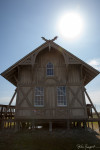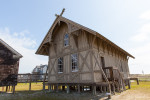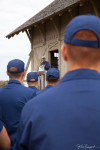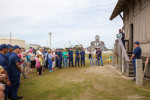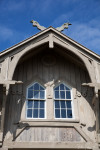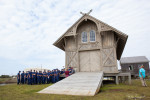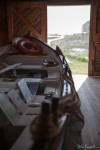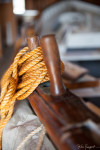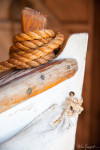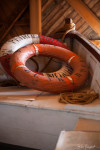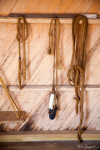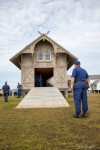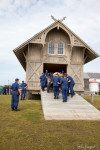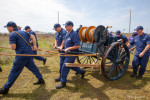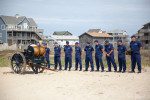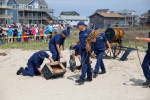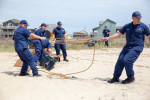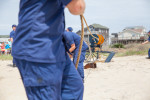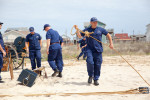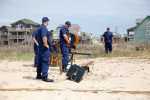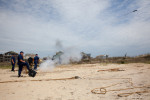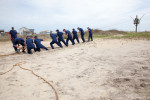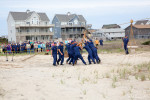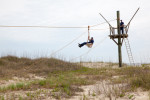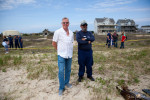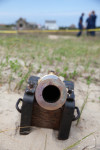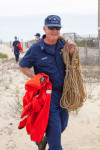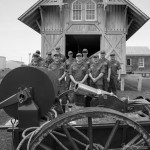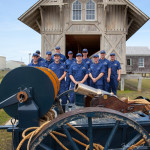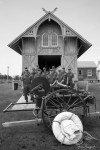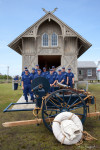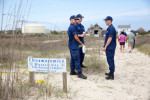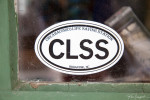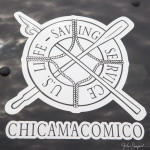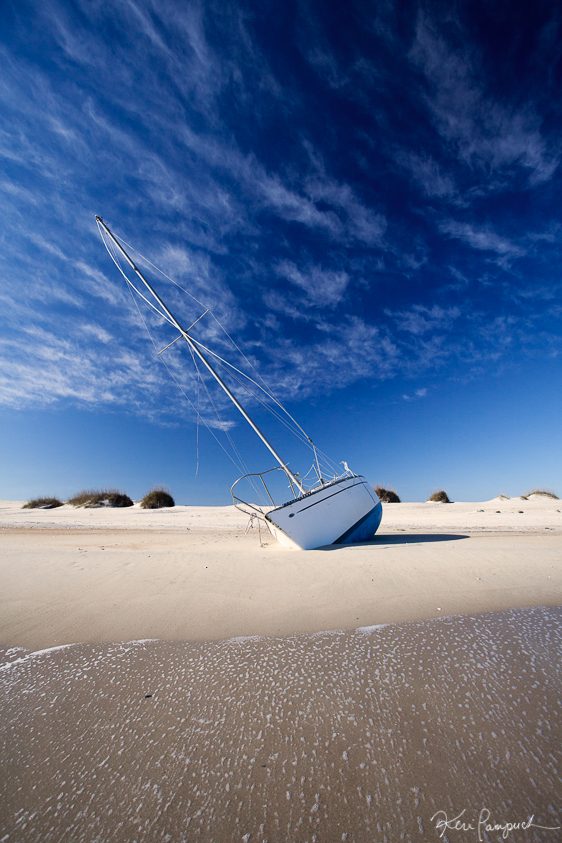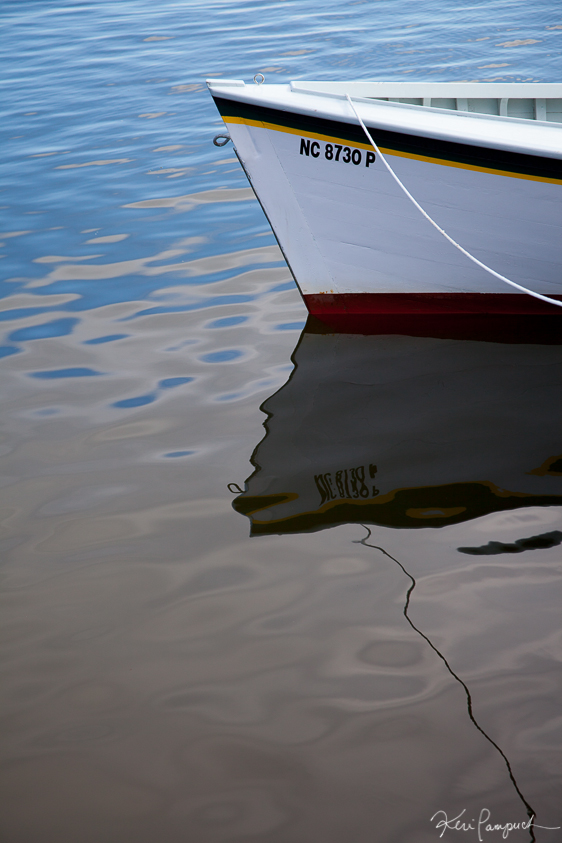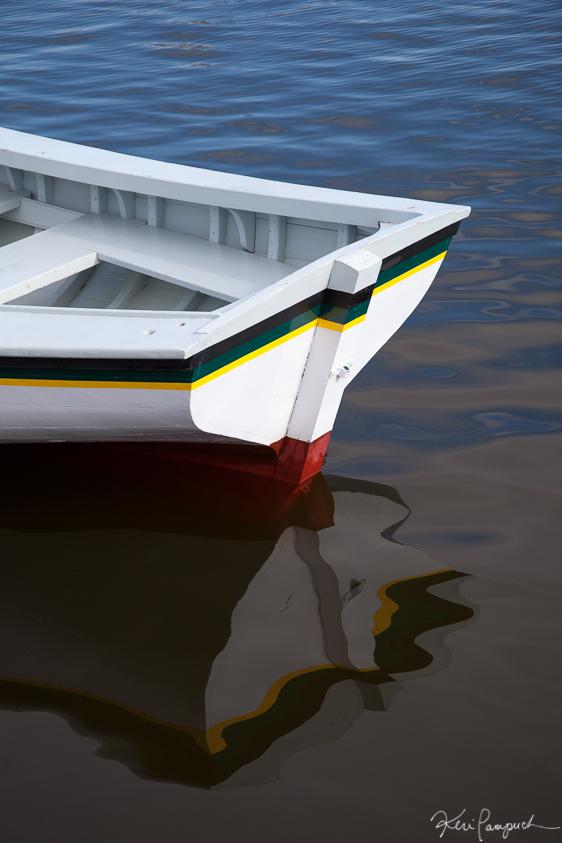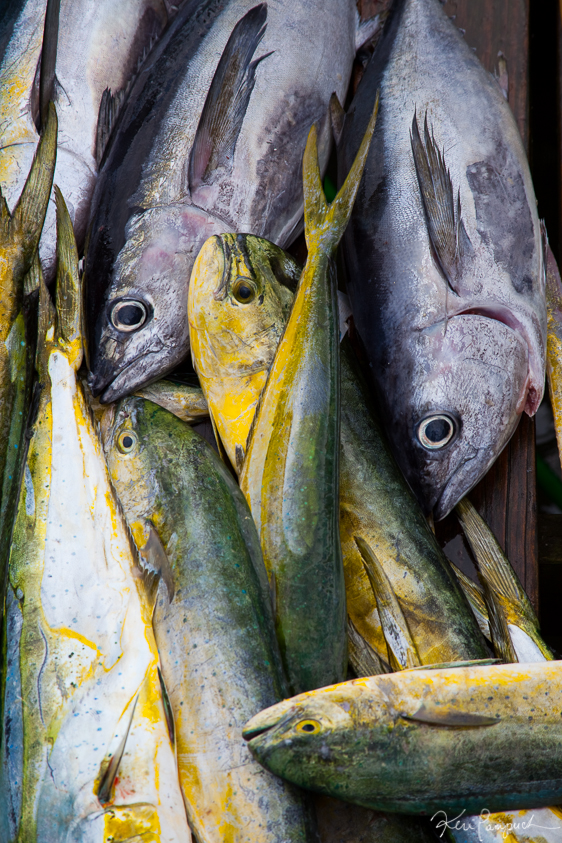35° 35’ 45.36 N 75° 28’ 0.61” W
Members of the United States Coast Guard from Base Elizabeth City enjoyed a morning break in the recent stormy weather.
The class of Chief Petty Officers who are currently being advanced performed a historic Beach Apparatus Drill at Chicamacomico (pronounced chik-a-ma-COM-i-co) Life-Saving Station in Rodanthe on Hatteras Island. This special performance was a fun and historic day that symbolized the rite of passage or “indoctrination” of these men and women into the Chief Petty Officer corps. This process required teamwork & leadership skills that embody what it means to be a successful Chief Petty Officer. The event was well attended by family, friends, fellow guardsmen & some truly fortunate tourists, as regular performances don’t begin until summer.
Pictured here are the crewmen setting up a breeches buoy. The keeper is firing a line with a small cannon, called a Lyle gun, towards a pole representing the mast of a stranded vessel. The gun could fire up to a 17-pound projectile with an accuracy of up to the extreme range of 695 yards. The “life-savers” then erect a series of lines and pulleys to rig the breeches buoy to “rescue the stranded mariners”. A crew was expected to set up the breeches buoy in under five minutes and in the dark. A proficient crew could set it up in two minutes and thirty seconds. *
Chicamacomico Life-Saving Station is the only place in the world where you can see this live complete drill reenactment preformed by active-duty Coast Guard personnel (every Thursday, June – August, 2pm). The original 1874 station is home to Surfboat #1046, a Life Car developed for the Life-Saving Service of which only a few remain in existence, the Beach Drill Cart and rescue equipment, the Lyle gun, and other items. In addition to the live Beach Apparatus Drill and the 1874 station, there are six other historical buildings to explore, as well as a public museum and a great gift shop. Go visit Chicamacomico Life-Saving Station — see the sites and learn cool facts about the history of the brave souls that fought to save “those in peril on the sea”. **
Chicamacomico Life-Saving Station is located at:
23645 North Carolina 12 Rodanthe, NC 27968, United States April 14 – November 28 / Monday – Friday / 10:00 AM – 5:00 PMGeneral Admission ($6.00), Seniors & Student ($4.00), Group Rate of 20+ ($5.00/person)
100% of your fees go directly to the restoration, preservation and operation of this nonprofit site for the benefit of current and future generations.
REFERENCES:
* http://uslife-savingservice.org/lifesavers-duties-equipment/beach-apparatus-drill/
**Quote from ”Eternal Father, Strong to Save” by William Whiting (1825-1878)



